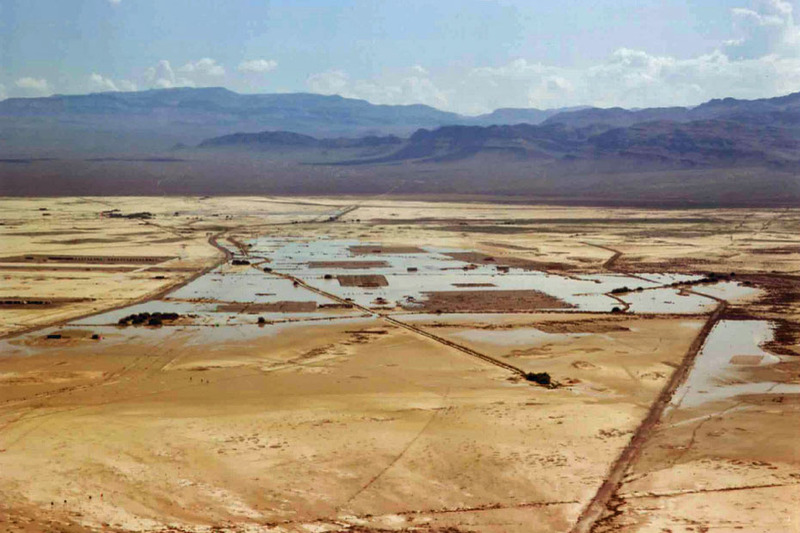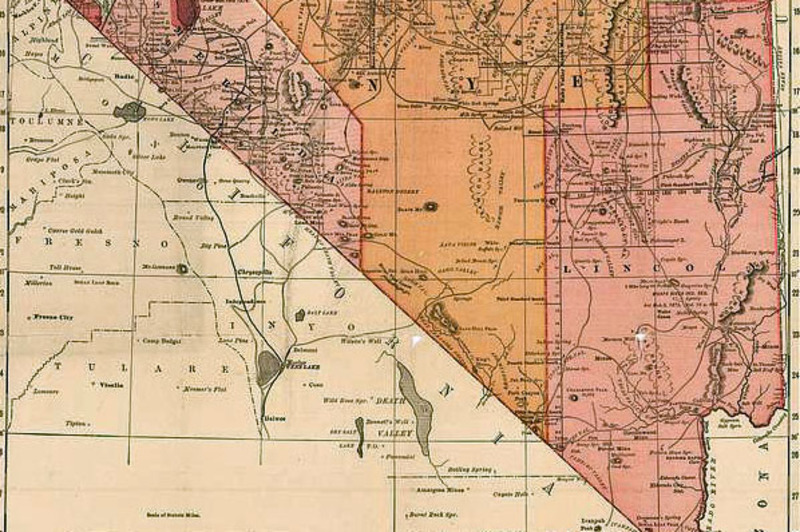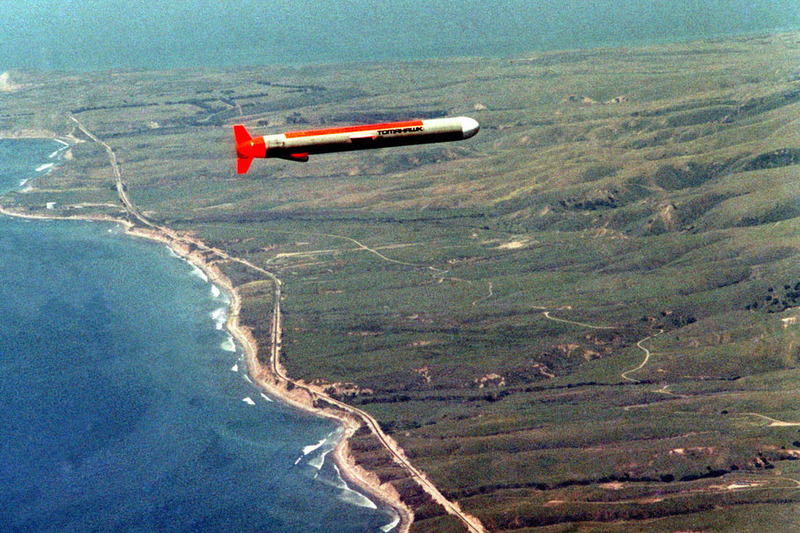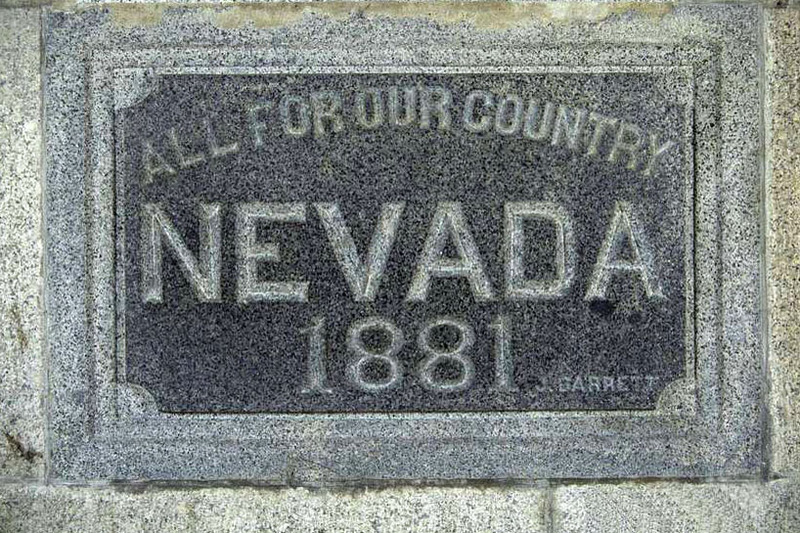EEOICPA Statistics for Claimants Living in Nevada
DOL Part B and Part E Statistics
NIOSH Dose Reconstruction Statistics
Nevada EEOICPA Facilities
Facility descriptions credit: DOE
The Nevada Site
Office was created and assumed responsibility
for operations and programs at the Nevada Test
Site (NTS) on March 6, 1962, when nuclear weapons
testing became a year-round effort. Prior to
that date, it had been operated by the
Albuquerque Field Office and prior to that the
Santa Fe Operations Office.
Atmospheric
nuclear testing began at the Nevada Test Site on
January 27, 1951 and continued through 1963 when
the Test Ban Treaty was signed. After the Test
Ban, all nuclear testing was conducted
underground.
In 2002, beryllium contamination
was found in buildings B-1, B-2, B-3 and A-1 in
the North Las Vegas Complex. Operations in these
building were halted and employees were
relocated, due to exposure concerns.
he Nevada Test Site
was established in 1951. The mission of the Test
Site is to conduct field tests of nuclear
devices in connection with the research and
development of nuclear weapons. The Nevada Test
Site, slightly larger than the State of Rhode
Island, has been the primary location for
testing nuclear explosive devices since
Operation Ranger was first conducted in 1951. In
addition, the site is used for low-level waste
disposal. Currently, the site is allowing other
types of testing at the site, conducting
remediation, and is in a standby mode so that if
nuclear weapons testing ever is needed again, it
could be conducted at the Nevada Test Site.
Throughout the course of its operations, the
potential for beryllium exposure existed at this
site, due to beryllium use, residual
contamination, and decontamination activities.
Project Faultless
was an underground nuclear test explosion
conducted at the Central Nevada Test Site, which
was part of a program designed to improve the
United States' ability to detect, identify, and
locate underground nuclear explosions. The
Faultless test was conducted to determine the
suitability of the area for additional seismic
testing. Non-nuclear experiments designed to
determine the behavior of seismic waves were
also conducted in the vicinity.
Drilling for
this project began July 1967; the operation
period began on November 27, 1967. The shot was
fired on January 19, 1968. On December 9, 1979,
the site was placed in caretaker status and
demobilization and restoration work was
conducted during fiscal 1974.
Project Shoal was an
underground nuclear test explosion which was
part of a program designed to improve the United
States' ability to detect, identify, and locate
underground nuclear explosions. The Shoal test
was conducted to determine the behavior and
characteristics of seismic signals generated by
nuclear explosions in specific geological
formations and to differentiate them from
seismic signals generated by earthquakes.
Construction for this shot began in late 1962.
The shot was fired on October 10, 1963.
Post-shot drilling began October 28, 1963;
drilling and sampling of one vertical bore hole
was completed on December 20, 1963. Reopening
and sampling the USBM#1 bore hole was completed
on January 15, 1964. Site deactivation of the
Shoal Project began on October 28, 1963 and
rollup was completed by January 31, 1964.
The Tonopah Test
Range was established by Sandia Corporation and
continues today as an outpost to Sandia National
Laboratories. Tonopah was established to provide
an isolated place for the Atomic Energy
Commission to test ballistics and non-nuclear
features of atomic weapons. The AEC began
leasing this isolated 525 square mile property
from the Air Force in early 1956. In August of
the same year the AEC contracted Reynolds
Electrical and Engineering Company (REECO) for
the construction of temporary facilities on the
test range. The AEC contracted with Lembke
Construction for permanent facilities at the
site in 1960.
Rocket testing began in 1957
with the series "Doorknob." It is believed that
the only operation on site involving radiation
occurred in 1963 and was known as Operation
Roller Coaster. Studies were also conducted in
1964 at the Tonopah test range as part of the
AEC program known as Project Plowshare. These
involved the use of non-nuclear explosives to
examine earth cratering patterns.
A separate
Air Force installation at the test range, which
consisted of housing, hangers, and other
facilities standard to modern Air Force bases,
was constructed on the Tonopah Test Range in the
late 1970s for developmental testing of the Air
Force's F-117 Stealth Fighter plane. The Air
Force moved its stealth program Holloman Air
Force Base and mothballed its Tonopah base in
1994. The Air Force installation does not
qualify as a DOE facility.
Yucca Mountain Project was selected by the Department of Energy (DOE) as a highly promising repository site to safely store spent nuclear fuel from civilian nuclear power plants and highly radioactive waste from defense-related activities at DOE facilities. The project involved characterizing the proposed underground site, determining the effects on the site from storing high-temperature radioactive wastes, and selecting and characterizing corrosion-resistant materials for the waste storage containers that would be buried in underground tunnels. A tunnel-boring machine was used to excavate the main research tunnel with the short-side tunnel alcoves and niches being excavated by a roadheader. Many other types of equipment were used to drill boreholes and dig shafts, test pits, and trenches. Explosives were rarely used. Radioactive materials were not used in the study, and no radioactive materials were received at Yucca Mountain for storage.





